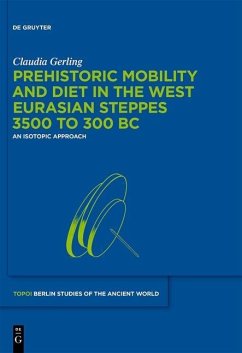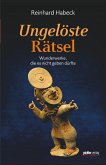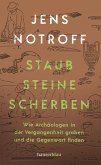Questions concerning mobility and migration as well as subsistence strategies of past societies have always been of major importance in archaeological research. The West Eurasian steppes in the Eneolithic, the Early Bronze and the Iron Age were largely inhabited by cultural communities believed to show an elevated level of spatial mobility, often linked to their subsistence economy. In this volume, questions concerning the mobility and potential migration as well as the diet and economy of the West Eurasian steppes communities during the 4th, the 3rd and the 1st Millennia BC are approached by applying isotope analysis, specifically 87Sr/86Sr, δ18O, δ15N and δ13C analyses. Adapting a combination of different isotopic systems to a study area of vast spatial and chronological dimension allowed a wide variety of questions to be answered and establishes the beginning of a database of biogeochemical data for the West Eurasian steppes. Besides the characterisation of mobility and subsistence patterns of the archaeological communities under discussion, attempts to identify possible Early Bronze Age migrations from the steppes to the steppe-like plains in parts of Eastern Europe were made, alongside an evaluation of the applicability of isotope analysis to this context.
Dieser Download kann aus rechtlichen Gründen nur mit Rechnungsadresse in A, B, BG, CY, CZ, D, DK, EW, E, FIN, F, GR, HR, H, IRL, I, LT, L, LR, M, NL, PL, P, R, S, SLO, SK ausgeliefert werden.



